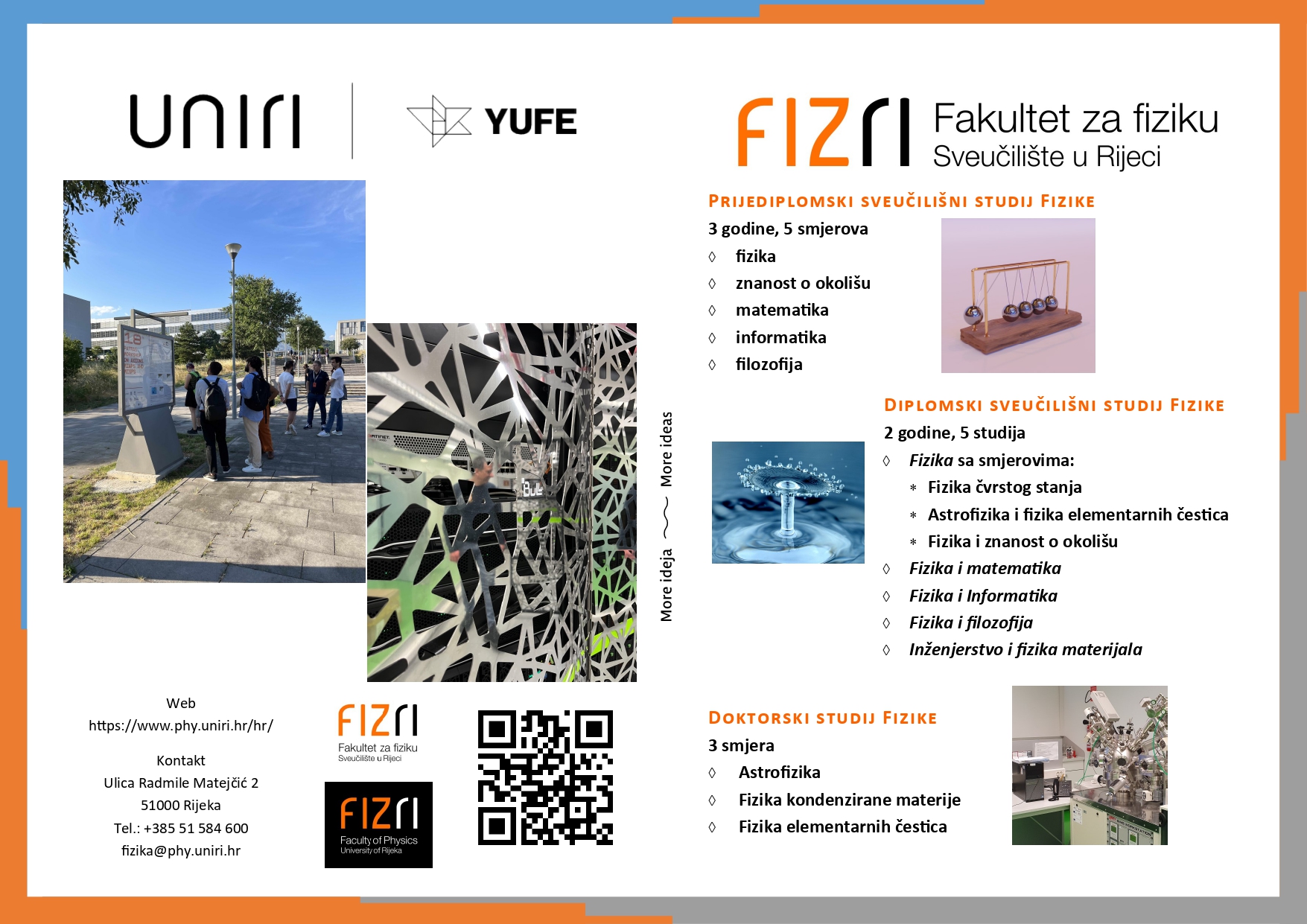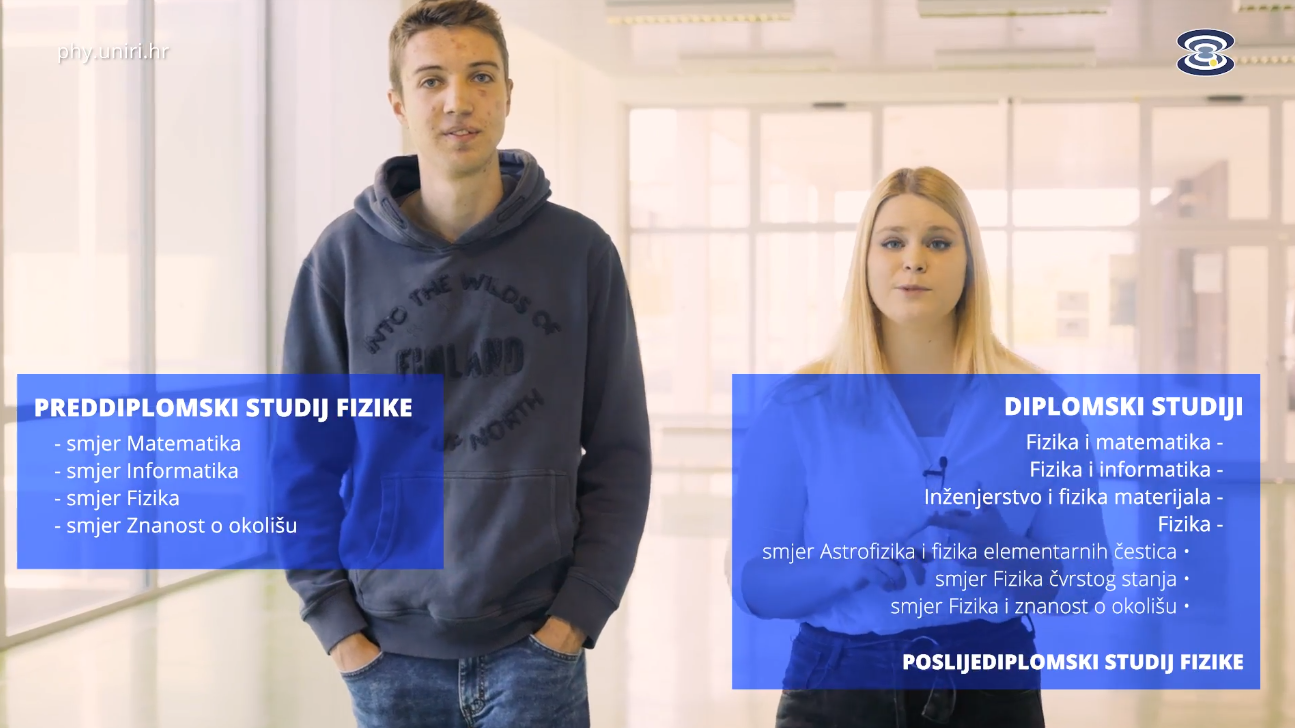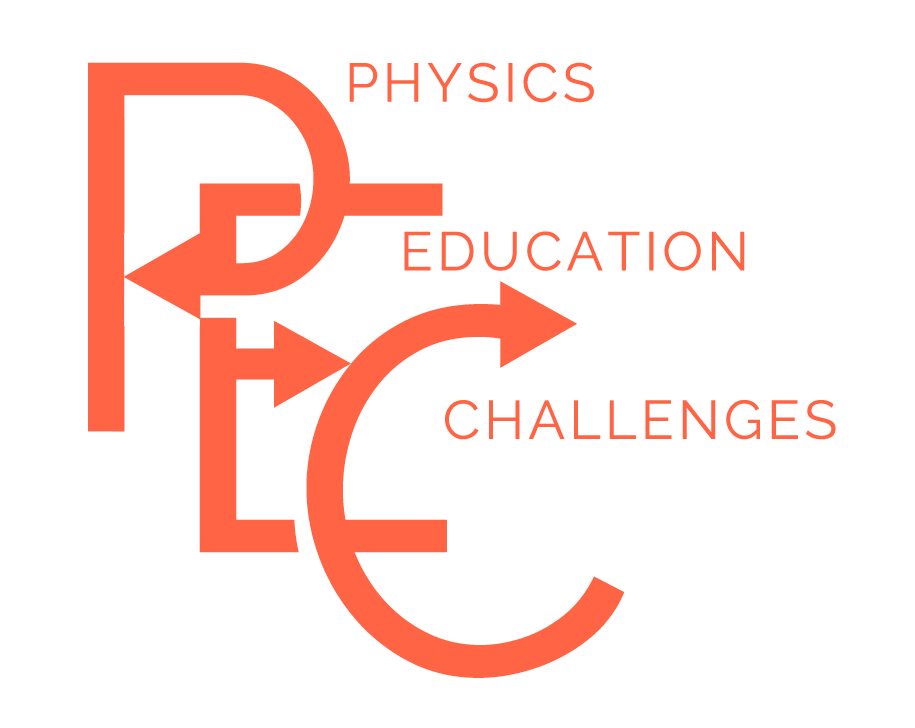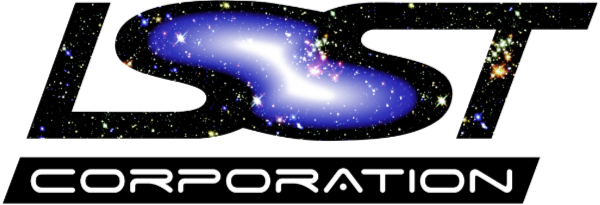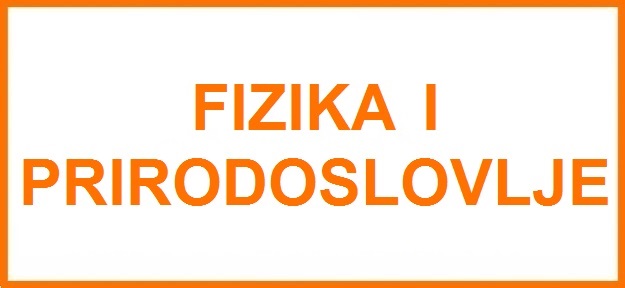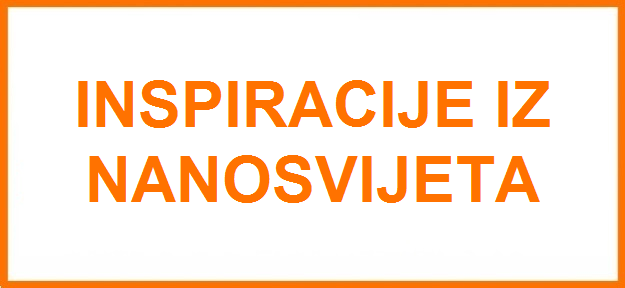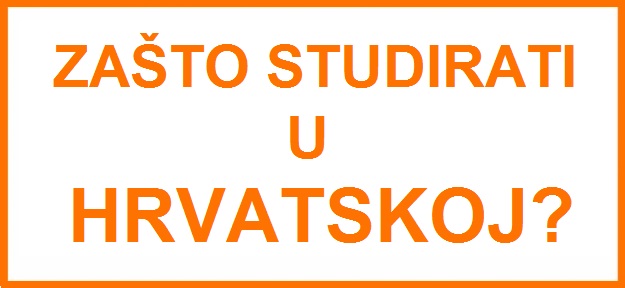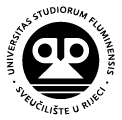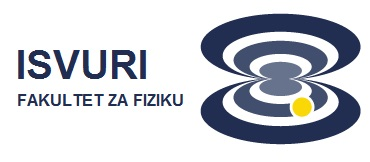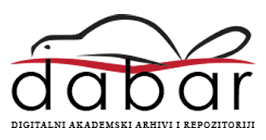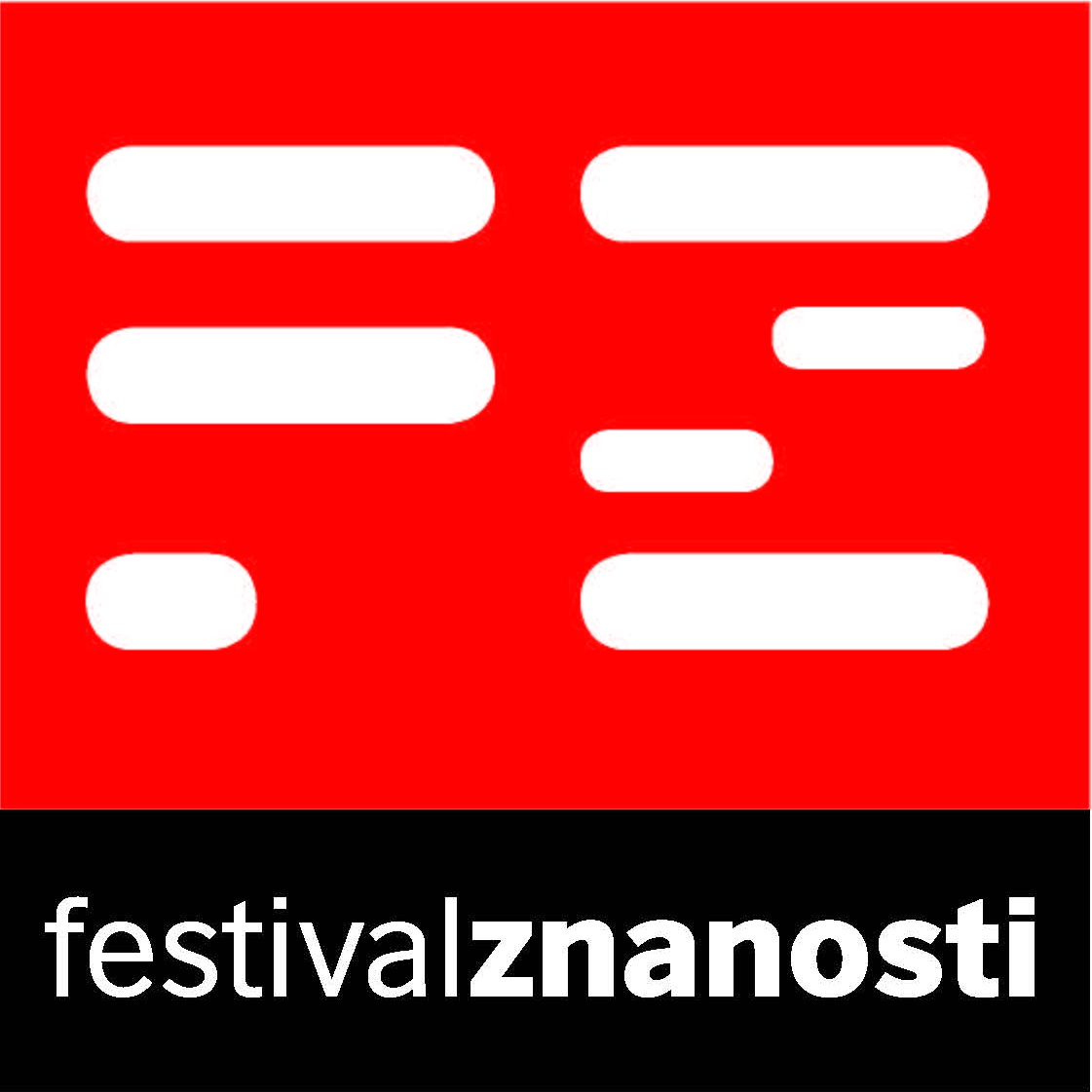Seminar
Astroparticle physics with the Southern Wide-field Gamma-ray Observatory (SWGO)
prof. Michele Doro
University of Padova, Italy
Srijeda, 11. svibnja 2022. u 12 sati
Predavaonica O-161
Sveučilišni Kampus na Trsatu
Radmile Matejčić 2
51000 Rijeka
Sažetak:
The scientific potential of a wide field of view, and very high duty cycle, ground-based gamma-ray detector has been demonstrated by the current generation instruments HAWC and ARGO and will be extended in the Northern hemisphere by LHAASO. No such instrument exists in the southern hemisphere, where great potential exists for the mapping of large scale emission as well as providing access to the full sky for transient and variable multi-wavelength and multi-messenger phenomena. Access to the Galactic Centre and complementary with the major facility CTA-South are key motivations for such a gamma-ray observatory in the south.There is also significant potential for cosmic ray studies, including anisotropy. In this seminar, the Southern Wide-field Gamma-ray Observatory (SWGO) and its main goals will be introduced.
Nove tehnologije u ultrabrzim laserima i njihove industrijske primjene
prof. dr. sc. Bojan Resan
Sveučilište primijenjenih znanosti sjeverozapadne Švicarske
Srijeda, 30. ožujka 2022. u 12 sati
Predavaonica O-029
Sveučilišni Kampus na Trsatu
Radmile Matejčić 2
51000 Rijeka
Sažetak:
U uvodnom dijelu prikazat ću osnove i razlog zašto trebamo ultrabrze (femtosekundne) lasere. Zatim ću nastaviti s primjerima primjena u telekomunikacijama, mikro-obradi materijala te medicini, koje smo razvili na Sveučilištu primijenjenih znanosti sjeverozapadne Švicarske (Fachhochschule Nordwestschweiz, FHNW, www.fhnw.ch ). Objasnit ću optički transmisijski sistem koji dostiže 30 Tbit/s, a srce mu je ultrabrzi laser. Mikro-obrada materijala s ultrabrzim laserima omogućuje optimizirati medicinske implantate poput stentova, biopsijske igle i lab-on-the-chip. Nadalje, femtosekundne lasere upotrebljavamo kao izvore svjetlosti za 3D slikanje visoke rezolucije u multifotonskoj mikroskopiji, optičkoj koherentnoj tomografiji (OCT) i u staničnim operacijama. Prikazat ću nove tehnologije u razvoju ultrabrzih lasera koristeći nove plave i crvene laserske diode, te nove mogućnosti koje donosi Machine Learning.
RAFT polymerization of N-(2-hydroxypropyl) methacrylamide as a macroCTA via microwave-assisted irradiation and their pH-responsive diblock copolymers respectively nano-objects
dr. sc. Svetlana Lukaš Petrova
Institut za makromolekularnu kemiju, Prag
Četvrtak, 10. ožujka 2022. u 14 sati
Predavaonica O-029
Sveučilišni Kampus na Trsatu
Radmile Matejčić 2
51000 Rijeka
Sažetak:
A rapid and eco-friendly reversible addition-fragmentation chain transfer (RAFT) polymerization reaction of the N-(2-hydroxypropyl) methacrylamide (HPMA) monomer under microwave irradiation (MWI) is demonstrated. The polymerization kinetics were obtained using two different chain transfer agents (CTAs), namely, commercial 4-cyano-4 (phenylcarbonothioylthio)pentanoic acid and synthesized 4-cyano-4-(((ethylthio)-carbonothioyl)thio)pentanoic acid, in the presence of 4,4′-azobis(4-cyanovaleric acid) as the initiator in various solvents. In addition, the ability of MWI to facilitate copolymer formation was demonstrated by the preparation of relevant copolymers, such as poly(HPMA-b-bocAPMA), poly(HPMA-b-MABH) and poly(HPMA-b-PDPA). Futhermore, PHPMA-mCTA was used in a versatile platform for the synthesis of pH-responsive PHPMA-b-PDPA nano-objects obtained via MWI-RAFT polymerization-induced self-assembly (microwave-PISA).
Searches for Lorentz invariance violation with imaging atmospheric Cerenkov telescopes
Jelena Strišković
Četvrtak, 10. ožujka 2022. u 10 sati
Predavaonica O-152
Sveučilišni Kampus na Trsatu
Radmile Matejčić 2
51000 Rijeka
Poveznica: Google Meet
Sažetak:
Some candidates for the theory of quantum gravity allow Lorentz invariance violation (LIV). Possible deviations from the Lorentz symmetry affect interaction and propagation of the very high-energy gamma rays (VHE, >100 GeV) through space-time. These effects of quantum gravity, if they exist, are minuscule. However, they can accumulate over large distances. Therefore, they could leave a trace on the spectrum and light curve of VHE gamma rays emitted from various astronomical sources, traveling up to billions of light-years from their point of emission to the Earth. Currently, there are two main lines of LIV studies with imaging atmospheric Cerenkov telescopes (IACTs). The Universe transparency method investigates how the change of the reaction energy threshold (due to LIV) is changing the spectrum of the observed source. On the other hand, the Time of flight method investigates the influence of LIV on the photon speed. Since the analysis sensitivity to LIV energy scale depends on the highest energies of detected photons, light curve variability timescale, and the redshift of the source, three kinds of sources emerged as suitable for LIV searches with IACTs. Those are pulsars, gamma-ray bursts, and active galactic nuclei. In this seminar, we will present the development of the gLike code for LIV searches. gLike is an open-source, ROOT-based code framework for numerical maximization. Originally it was developed for dark matter signals searches. Due to the modularity of the original code, extension to LIV studies is possible. Our goal is to implement two different analysis methods: an unbinned likelihood and a binned likelihood. We will also discuss some suitable data sets for the LIV studies, such as the flare of BL Lac detected by MAGIC telescopes in September 2020 and August 2021.
A new correlation - M-type hexaferrites
Željko Rapljenović
Utorak, 30. rujna 2021. u 10:30
Predavaonica O-152
Sveučilišni Kampus na Trsatu
Radmile Matejčić 2
51000 Rijeka
Sažetak:
M-type hexaferrites are a class of materials with the general formula AB12O19 that possess unique dipolar properties. In this seminar I will present a novel type of correlation phenomena that has been discovered in M-type hexaferrites. This correlation phenomena connects electrical transport with magnetic domain-wall dynamics. These two properties have no apparent connection a priori rendering this phenomena exotic. The correlation will be discussed from few experimental points of view. An initial interpretation will be given, with a plan of the future research.
Kontakt
FAKULTET ZA FIZIKU
Ulica Radmile Matejčić 2
51000 Rijeka
Tel.: +385 51 584 600
Fax: +385 51 584 649
E-mail: fizika@phy.uniri.hr
Uredovno vrijeme
Za kontakt molimo nazvati:
- Ured dekana na br. 584-600 (O-010)
- Ured prodekanice na br. 584-607 (O-115)
- Ured ISVU koordinatora na br. 584-624 (O-014)


